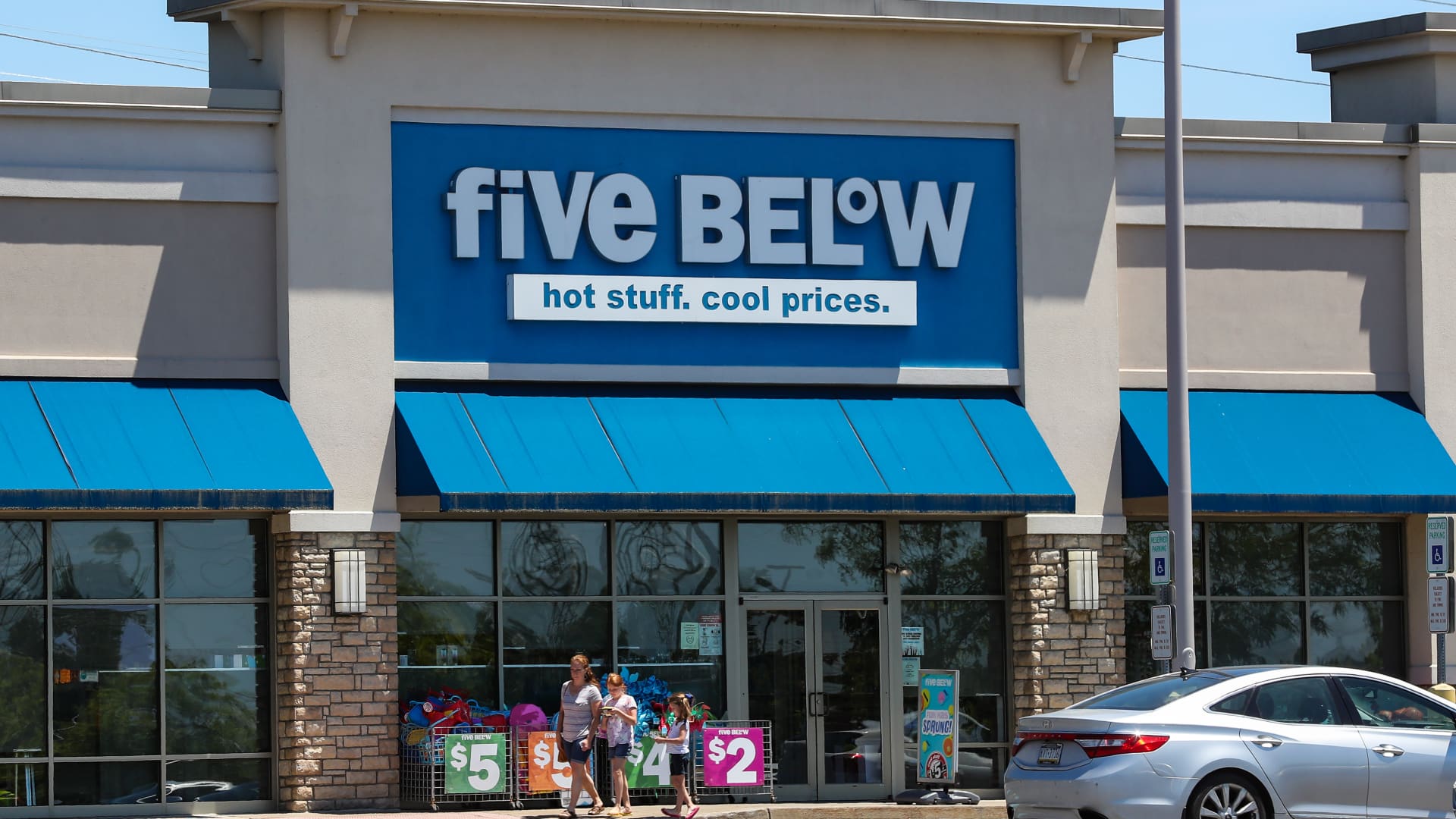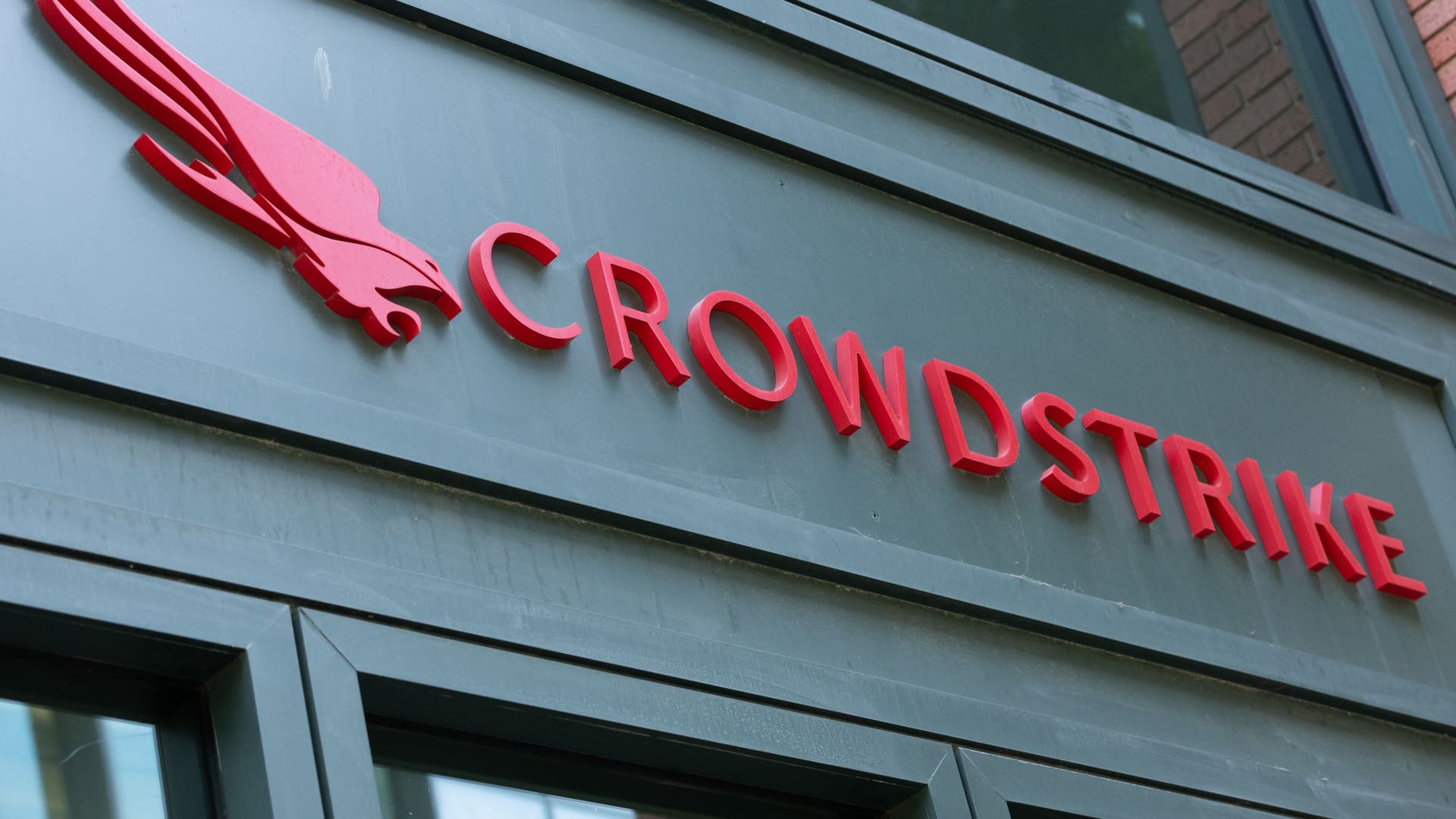Soaring mortgage rates and home prices mean some Americans spend nearly a third of their paychecks on home loans. (iStock)
Higher mortgage rates and home prices mean that 20% of Americans spend roughly 30% of their paychecks on monthly home loan payments and 10% spend more than half of their pay, according to a recent NewHomesMates.com survey.
The average 30-year fixed-rate mortgage has not dropped below 6.6% this year. However, homeowners faced even higher rates in 2023 as the market reacted to interest rate volatility.
Anyone who has had to finance a home purchase in the last two years has also faced a limited housing supply and high home prices. Home prices recorded another gain in January and are now 6% above their level this time last year, up from 5.6% last month, according to the latest S&P CoreLogic Case-Shiller Indices report.
For many homebuyers, already squeezed by rising prices in other areas of spending, the combination of high home prices and borrowing costs has rendered housing unaffordable. The survey said those ready to take the plunge have had to sink a bigger portion of their paychecks into mortgage payments and make significant cuts to everyday spending.
“When you’re saving up for a house, it can be hard to justify spending money on other things,” NewHomesMate spokesperson said in a statement. “But the unprecedented high costs of today’s real estate are forcing potential buyers to make some extreme decisions. Not only are they slashing leisure spending and travel, but many are also cutting back on basic items like groceries. “
Homebuyers can find the best mortgage rates by shopping around and comparing options. You can visit an online marketplace like Credible to compare rates, choose your loan term and get preapproved with multiple lenders at once.
BIDEN WANTS TO GIVE HOMEBUYERS $400 PER MONTH: STATE OF THE UNION
Homebuyers willing to compromise to get on the ladder
Survey respondents said they have taken different steps to cope with the more expensive borrowing costs. While 32% of respondents said they were working more hours or had taken on a second job, 11% said they stopped saving for retirement and many Americans are cutting spending elsewhere:
- 36% reduced leisure spending like eating out or going to the movies;
- 20% stopped traveling
- 18% cut back on grocery shopping
- 7% curbed healthcare spending.
Affordability concerns have also driven some homebuyers to make more compromises when purchasing a home. To become homeowners, 58% of the respondents said they would consider smaller homes and a third said they would put up with a longer commute of at least 45 minutes.
Moreover, 25% said they would buy a fixer-upper to save money, 33% would even live next to a cemetery, and 13% would buy a house with a nasty history.
If you are ready to shop for the best rate on a new mortgage, consider visiting an online marketplace like Credible to compare rates and get preapproved with multiple lenders at once.
HOMEBUYERS GAINED THOUSANDS OF DOLLARS AS MORTGAGE INTEREST RATES FALL: REDFIN
Housing initiatives could help homebuyers succeed
Spring buying will likely be tamed by still-too-high borrowing costs and limited housing inventory, two factors that have helped prop home prices up. However, improving for-sale options and the promise of an interest rate cut sometime in the summer mean relief is on the way.
At its latest meeting, the Federal Reserve said it would continue to monitor inflation and other economic indicators to determine when to lower rates. Market expectations are that the first rate cut will come in the summer, if not later in the year.
Meanwhile, housing inventory is improving. In February, housing starts climbed 5.9% year-over-year and home completions were 10.7% higher annually, according to a report from the U.S. Department of Housing and Urban Development and the U.S. Census Bureau, signaling potentially more home options in coming months.
A new initiative launched by President Joe Biden to improve affordability and supply issues could help increase demand for housing in the current high-rate environment. According to a White House statement, Biden has called on Congress to invest more than $175 billion in affordable housing initiatives.
In his State of the Union address earlier this month, Biden called on Congress to create legislation giving a $10,000 tax credit to first-time homebuyers and those who sell their starter homes. This move would help middle-class Americans cope with higher borrowing costs while incentivizing existing homeowners to sell more homes.
If you’re considering becoming a homeowner, it could help to shop around to find the best mortgage rate. Visit Credible to compare options from different lenders and choose the one with the best rate for you.
HIGH HOMEOWNERS INSURANCE RATES SCARING AWAY FLORIDA HOMEBUYERS, OTHER STATES FACE THE SAME ISSUE
Have a finance-related question, but don’t know who to ask? Email The Credible Money Expert at [email protected] and your question might be answered by Credible in our Money Expert column.

 Economics1 week ago
Economics1 week ago
 Accounting1 week ago
Accounting1 week ago
 Economics1 week ago
Economics1 week ago
 Personal Finance1 week ago
Personal Finance1 week ago
 Blog Post4 days ago
Blog Post4 days ago
 Economics5 days ago
Economics5 days ago
 Personal Finance1 week ago
Personal Finance1 week ago
 Finance1 week ago
Finance1 week ago










